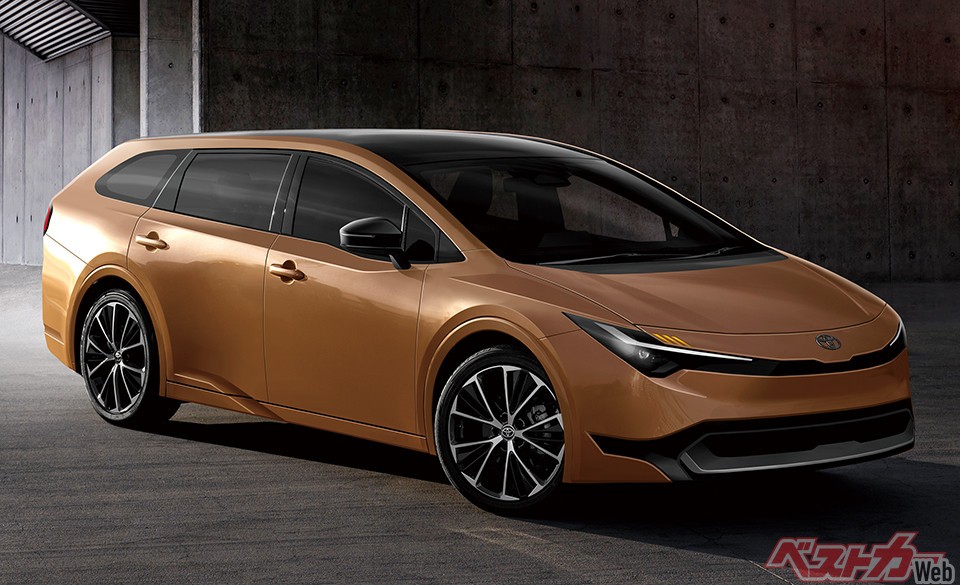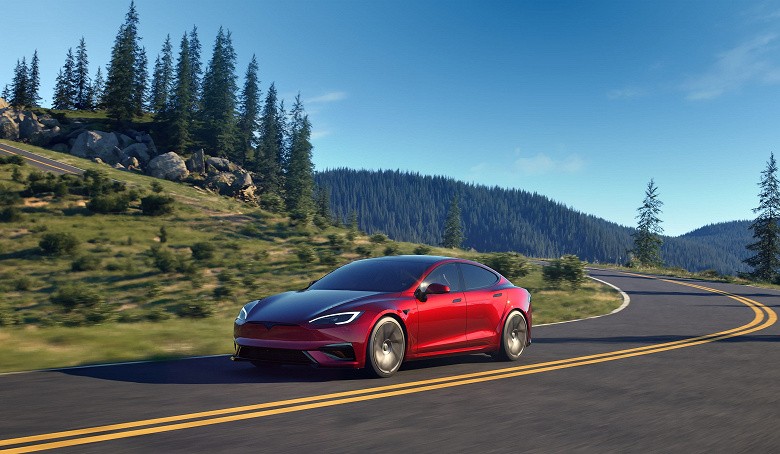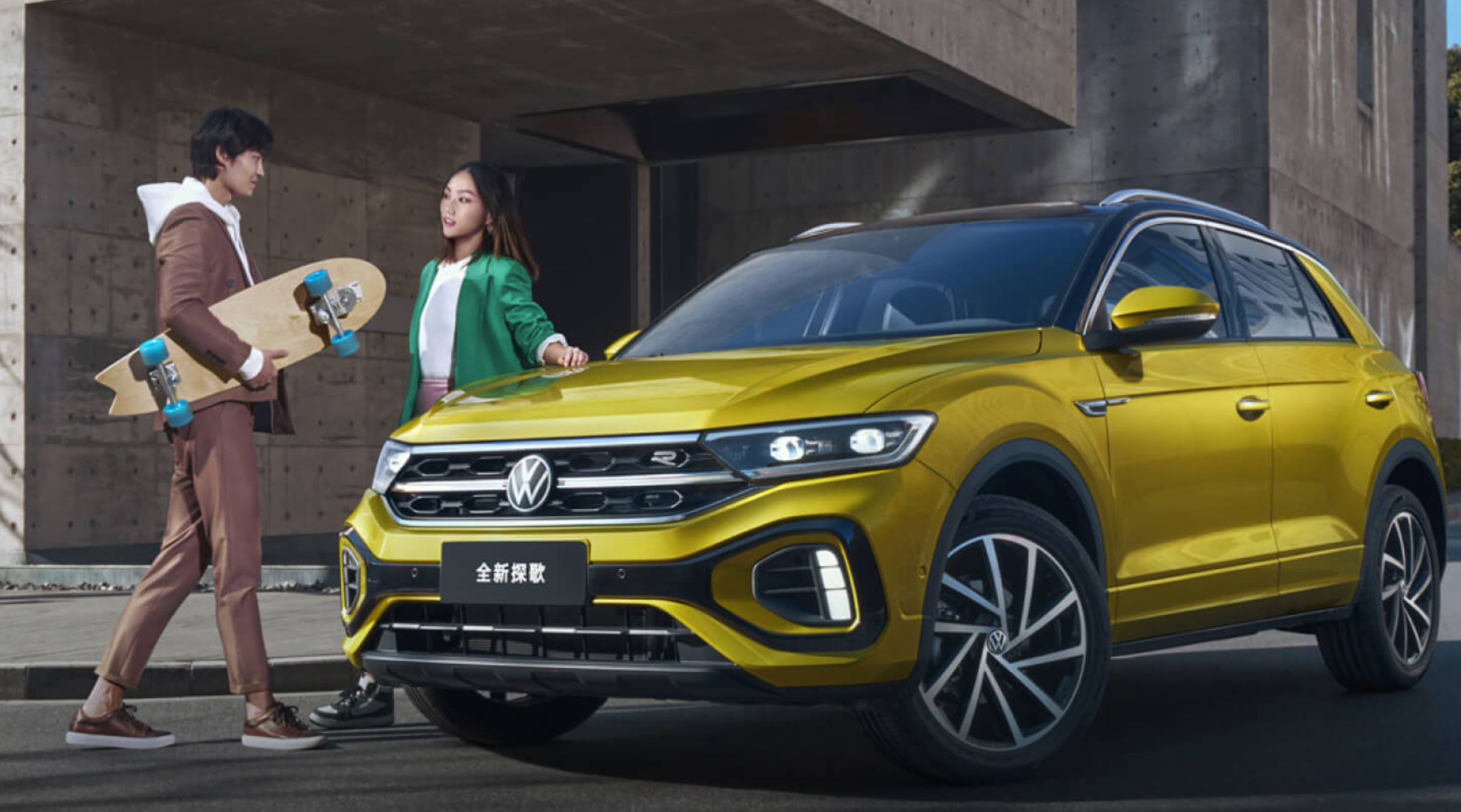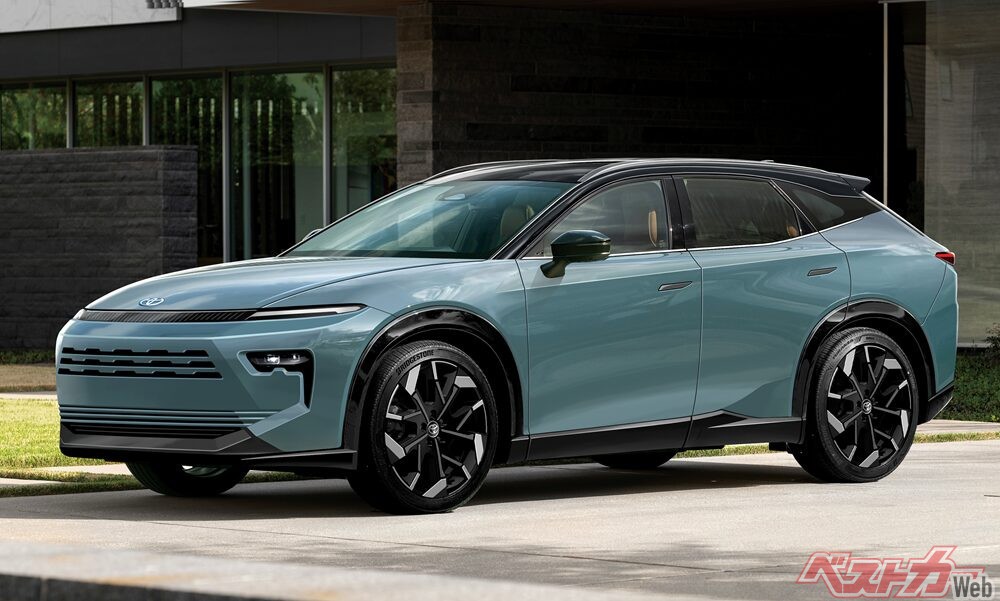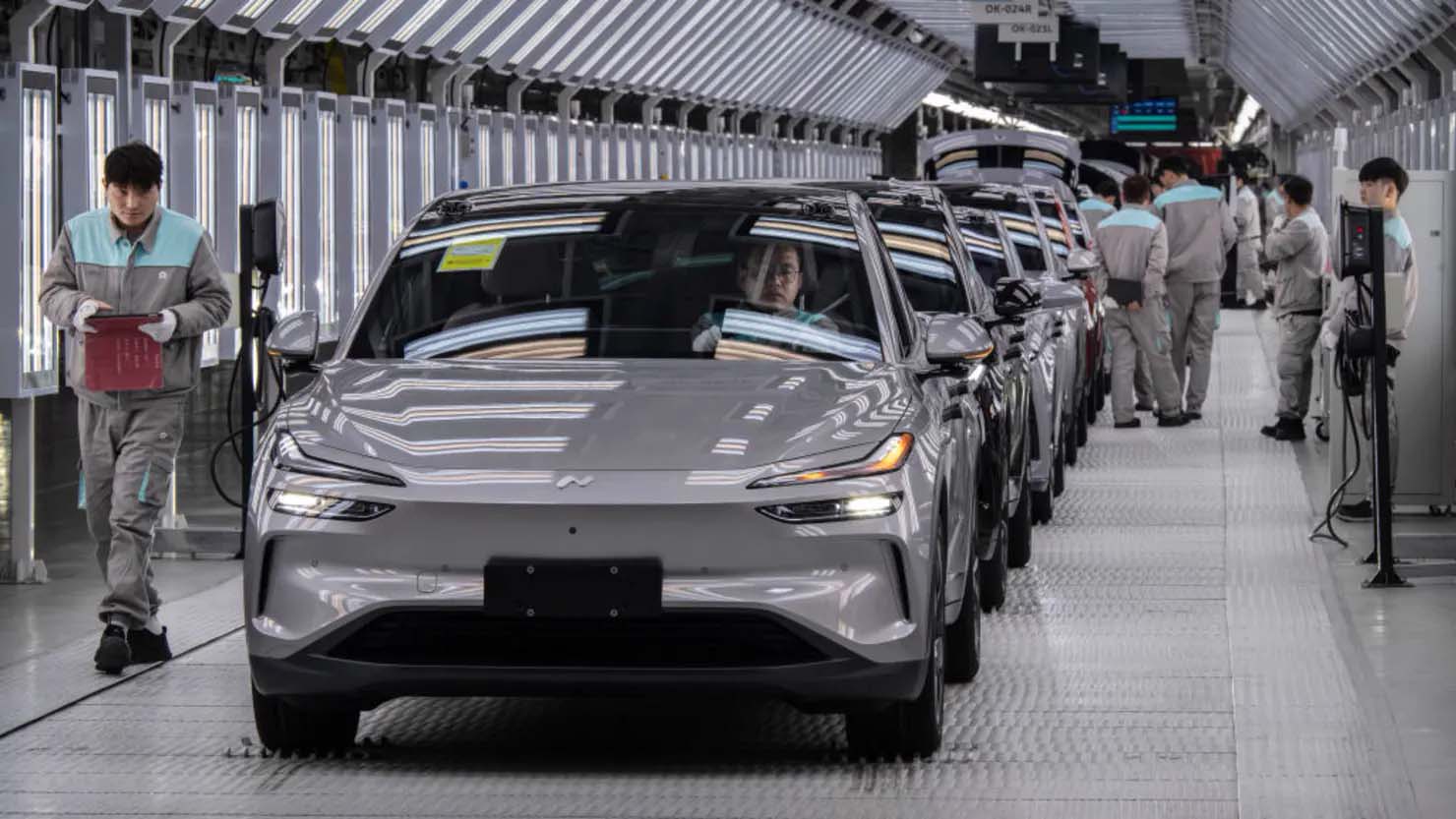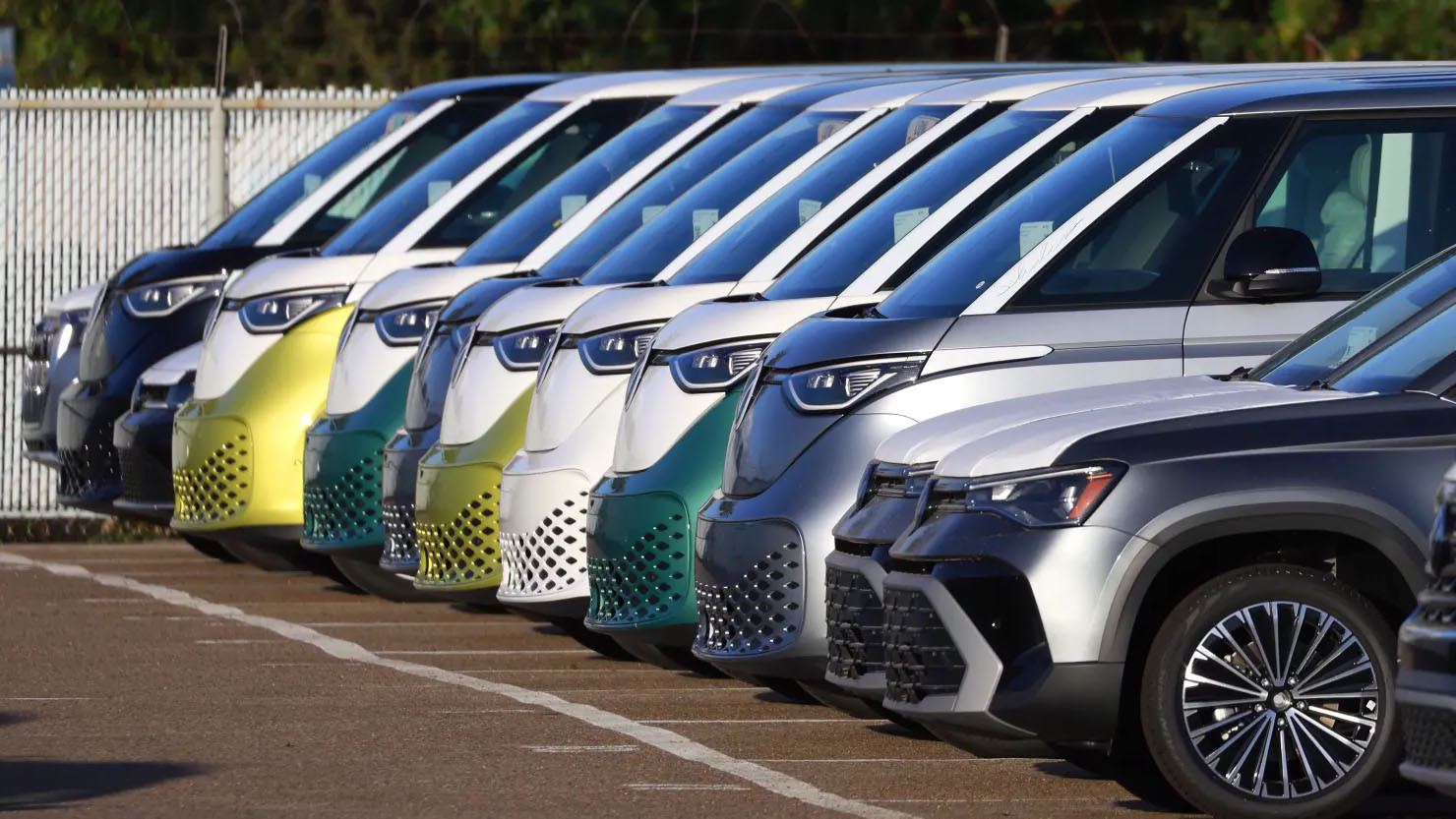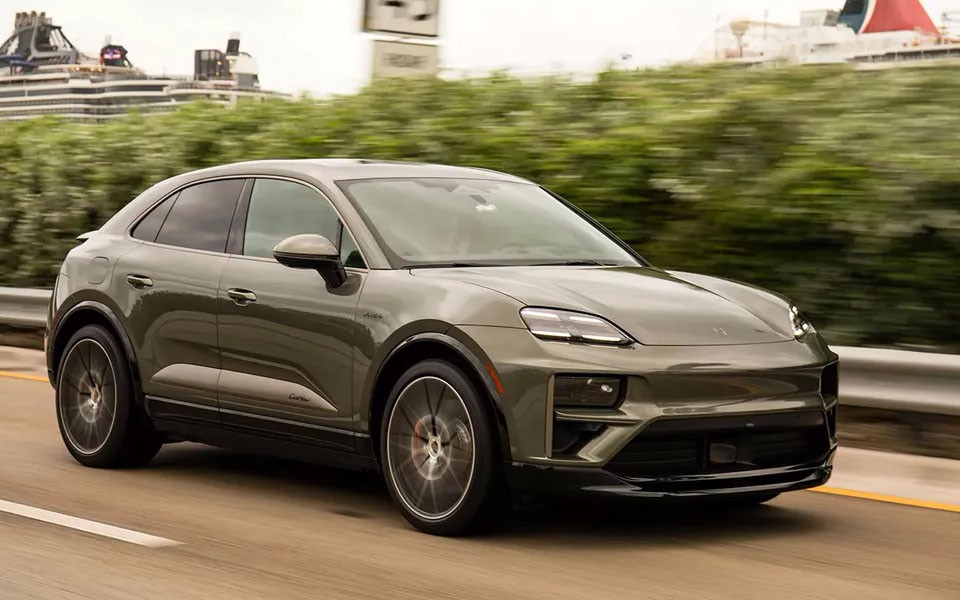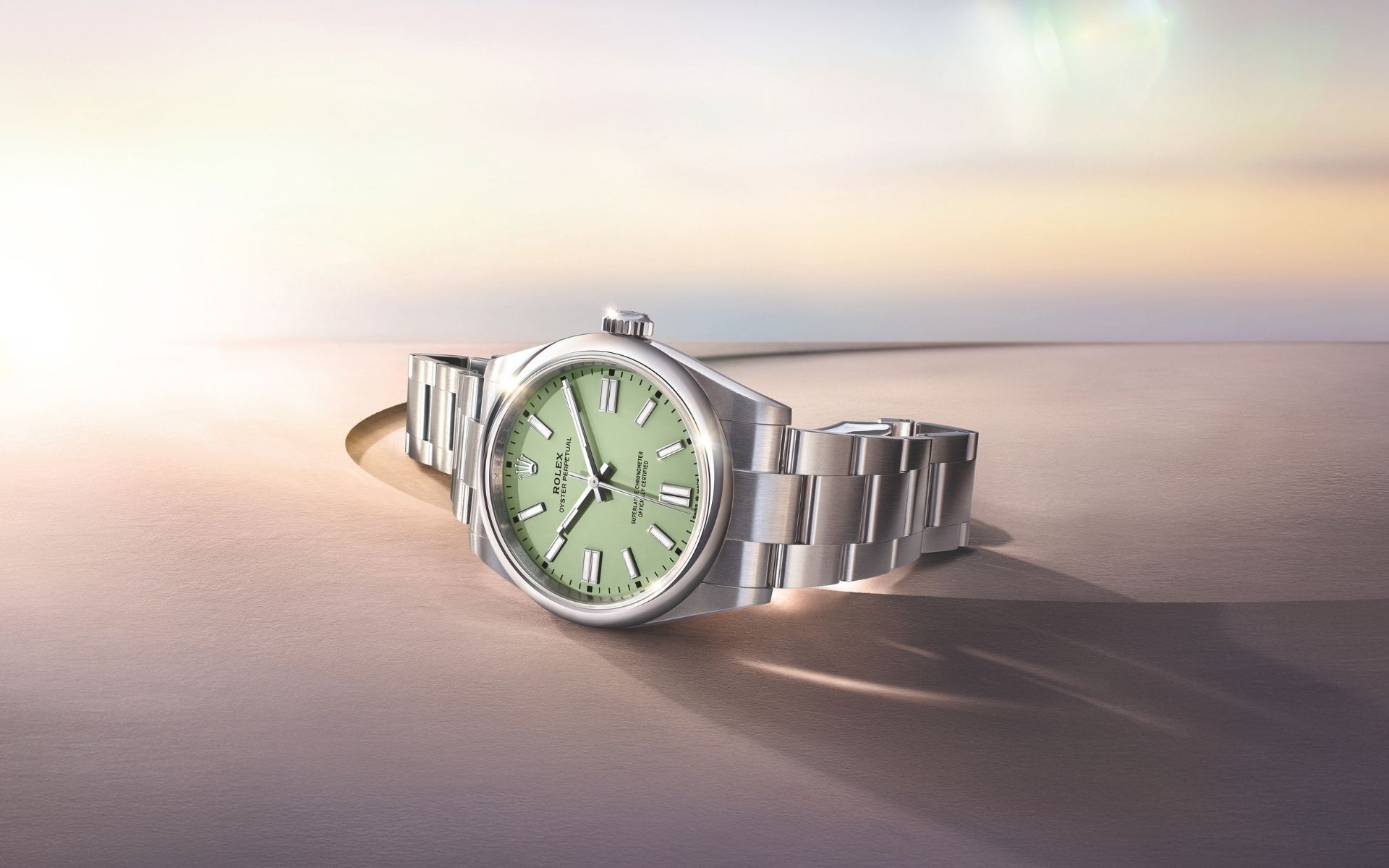Mazda has officially unveiled the third generation of its CX-5 crossover, focusing on technology, size and the future transition to hybrid power plants. The novelty promises to return the model to competitiveness in a class that was previously dominated by such players as the Toyota RAV4, Honda CR-V and Nissan X-Trail.
The third-generation CX-5 is based on a completely new platform. The wheelbase is extended to 2,815 mm — which is 76 mm more than the previous model. The total length of the crossover increased by 114 mm and reached 4690 mm. Due to the increased dimensions, the engineers were able to expand the doorways and increase the comfort of landing, especially on the second row. The volume of the luggage compartment is also increased, and the rear door has a wider opening, which should facilitate loading.
In terms of form factor, the new CX-5 is now closer to the D-SUV segment, traditionally represented by more spacious and technological models. This may signal Mazda's strategic shift toward a more mature and affluent audience.
Visually, the 2026 Mazda CX-5 retains its recognizable look, but features a number of subtle and thoughtful upgrades. Kodo's signature design features new daytime running lights in a two-level design and an updated radiator grille with more pronounced edges. At the rear, the word "Mazda" appears on the trunk lid, and the taillights are stylized in the spirit of the older CX-70 model. In the older trim levels, 19-inch sports-type wheels are provided.
At the start of sales, the model is equipped with an atmospheric 2.5-liter engine with a capacity of 187 hp and a torque of 251 Nm. It is paired with a 6-speed automatic and a standard all-wheel drive system. It is important to note that all-wheel drive is now included in the basic configuration — this is an important step towards improving cross-country performance and adapting the model to markets with different climates and road conditions.
A key technological breakthrough is expected in 2027 — Mazda has announced the launch of its own Skyactiv-Z hybrid powertrain with increased thermal efficiency. This means that the brand is focused not only on following trends, but also on developing unique engineering solutions, without relying on external suppliers.
The main focus in the interior was the new 15.6-inch touchscreen display — the largest in the history of Mazda. It combines multimedia, navigation, and climate control functions. Google services are integrated into the interface, including Google Maps and the Google Assistant voice assistant. This is the company's first step towards closer integration with the ecosystems of large IT companies.
The physical buttons on the center panel have completely disappeared, which can cause mixed reactions among drivers who prefer tactile control. However, the mechanical buttons remain on the steering wheel-a compromise between minimalism and ergonomics.
The new Mazda CX-5 is not just an evolution of a particular model, but a demonstration of the brand's new strategy. The increased size, focus on digital technologies, the planned transition to hybrid power plants and a bold step towards a minimalistic interior-all this indicates an attempt by Mazda to go beyond the niche image and compete with the leading players in the global market in the premium crossover segment.
Analysts note that in the face of growing demand for SUVs with hybrid installations and modern multimedia systems, this approach can return the Mazda CX-5 to the status of one of the best — sellers in its class-especially in the markets of Asia, Europe and North America, where the steady demand for "smart" crossovers is only increasing.

